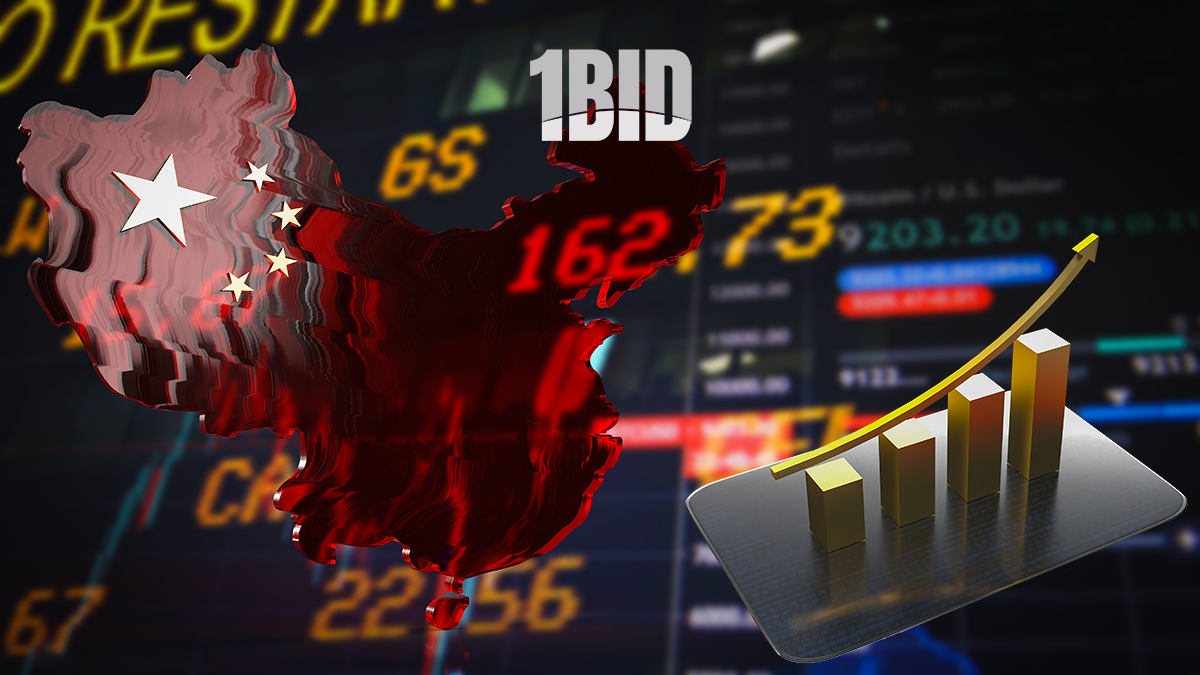On Friday, the US Treasury Department broadened its sanctions on Iran’s oil and gas sectors. Invoking a Trump-era executive order, the sanctions aim to cut off funding for Iran’s malign activities by targeting its petroleum and petrochemical industries. This includes 17 ships and 10 entities involved in shipping Iranian oil, predominantly to China. National Security Advisor Jake Sullivan emphasized that these measures would enhance the US’s ability to restrict Iran’s energy trade.
The sanctions come in response to Iran’s October 1st ballistic-missile attack on Israel, which caused limited damage but heightened tensions. The US has urged Israel to avoid targeting Iran’s energy or nuclear sites to prevent escalation and economic fallout. However, Israel’s Security Cabinet remains indecisive on its next steps.
Meanwhile, oil prices have been fluctuating in reaction to these geopolitical events. Oil declined after China’s Finance Ministry briefing on Saturday, which failed to deliver new incentives to boost consumption. Brent crude fell nearly 2% early on Monday before stabilizing, while West Texas Intermediate dropped below $75. Despite promises of support for the struggling property sector, the lack of fresh fiscal stimulus left markets unsatisfied.
Oil traders are closely monitoring the situation, with reports suggesting that Israel’s retaliation may focus on Iran’s military and energy infrastructure. Over the weekend, a Hezbollah drone attack killed four Israeli soldiers, prompting the Pentagon to send advanced missile defense systems to assist Israel. Brent crude prices have risen about 9% this month due to the potential escalation in the Middle East.
The recent US sanctions on Iran and the volatility in the oil market underscore the interconnected nature of global geopolitics and economics. As the world watches Israel’s next move, the potential for further escalation remains a significant concern, keeping markets and governments on edge.







